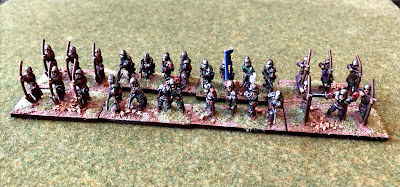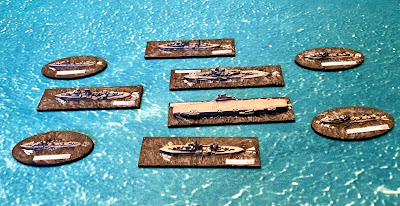As is obvious from this blog, I am an avid reader of historical fiction. Most nights, my bedtime reading is a historical novel. These days mostly on the Kindle, and I donated most of my extensive collection of paperbacks to Oxfam to free up some shelf space for reference books. However, I kept my extensive collection of Scottish historical novels by Nigel Tranter with the intention of re-reading them in retirement.
Nigel Tranter was perhaps best known for his deeply researched novels on Scottish history. He also wrote non-fiction books, including a fine short history of Scotland and a five-volume study of Scottish castles, 663 fortified buildings in total. Less well known were are his westerns, written under the name Nye Tredgold and 12 children's books.
Nigel Tranter was born in 1909 and trained as an accountant. He served in the Royal Artillery during WW2. After the war, he was involved in the original Scottish Convention, which campaigned for Scottish Devolution. He died in January 2000, aged 90, less than a year after the devolved Scottish Parliament was reconstituted. I met him once when I was working at a political party conference. I didn't recognise him, and when introduced, I was the gushing fanboy! He told me he wrote his books by hand often while walking near his home in East Lothian. We shared the view that to really understand history, you have to walk the places where the action happened.
His 57 novels covered many aspects of Scottish history, from the 6th to the 18th century. He told me his favourite period was the 16th century, and that is reflected in his output. Some academics were a bit sniffy about his work, but I would argue they opened up the subject for many people. He always emphasised that they are works of fiction, although based on historical research. This is more obvious in his later books as his study of Scottish history advanced.
So, I have sorted my collection of his novels into roughly chronological order on the shelf. I think I have most of them and intend to reread them all. I will share my thoughts and the wargames they inspire on the blog and link them from a new
page. I hope you enjoy them as much as I have.
The first book chronologically is Druid Sacrifice. It is set in the first half of the 6th century and tells the story of Thanea, the daughter of King Loth of Gododdin, although referred to as Lothian in the book. This kingdom probably covered most of south-east Scotland, modern Lothian and the Borders. The capital was on Traprain Law, later moving to Edinburgh. They were Britons, descended from the Votadini tribe, and King Loth is also called Lot or Leudonus, in the sources.

When she objects to her pagan father's druidical human sacrifice and refuses to marry a prince of Reghed he chooses for her, she survives an 'execution' and is cast adrift on the River Forth in a Coracle. She lands and seeks sanctuary with the monks of Saint Serf in Fife, where she brings up her infant son. He was to become St Mungo, Glasgow's patron saint, where he spent much of his life evangelising, which is covered in the story. He was driven out of the Clyde area by the King of Strathclyde and spent time in Wales, where he is known as Kentigern. He later returned and died in Glasgow, where the cathedral, and much else, is dedicated to him.
While the sources for this period of British history are scarce, this book's basic story is referenced in a couple of annals. Tranter goes one stage further and introduces Arthur as the High King. Many, many books have been written about the historical figure that might have been Arthur. In short, there is little concrete evidence that he existed, and even less that he was the High King. Some sort of warlord seems more likely, but everyone has a view.
I started collecting Arthurian armies when the WAB supplement The Age of Arthur was published. We ran a fun campaign at my club.
 |
| Got to have a Druid sacrifice. |
 |
| Arthurian or late Roman infantry |
 |
| And cavalry |


































